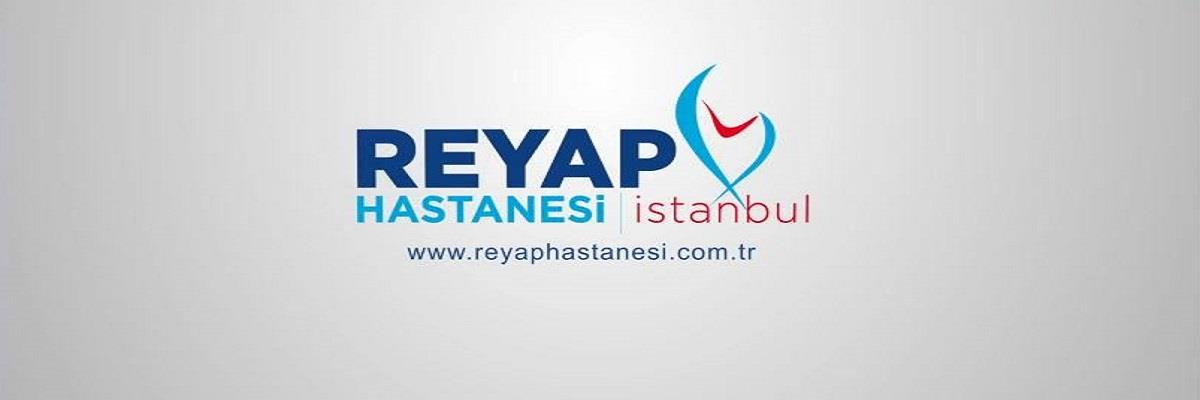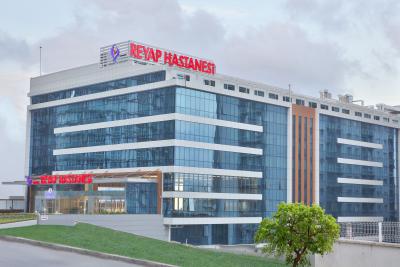

The neonatal period covers the first 28 days after birth. Problems that may arise during the newborn period play an important role in the life-long health of the baby.
Today, the presence of a neonatal intensive care unit is of great importance in the hospital where the birth will take place for every early or on-time birth.
Therefore, all pregnancies should be followed up in centers with neonatal intensive care units. The most appropriate follow-up and treatment of the mother and baby before and after the birth is carried out in this way.
With its multidisciplinary approach, Reyap Hospital Istanbul neonatal intensive care unit serves with its experienced doctor and nurse staff equipped with technology that provides vital support to critical patients 24 hours a day, 7 days a week. In terms of infection control measures, our unit is closed to visitors except for the parents.
In our neonatal intensive care unit, not only babies born in our hospital, but also babies in need of intensive care and born in another institution are accepted.
The following services are provided in the Reyap Hospital Istanbul neonatal intensive care unit:
Care of premature babies (all premature babies born from the 24th gestational week)
Care of very low birth weight babies (1500 grams and below)
Treatment of babies who need respiratory support (CPAP, ventilator therapy, thoracic tube insertion)
Bilirubin measurement and jaundice treatment (phototherapy/ phototherapy/, blood exchange)
Neonatal convulsion treatment
Treatment of neonatal digestive system diseases and nutritional problems
Newborn hearing screening with the automatic ABR method
ROP (retinopathy of prematurity) examination in preterm babies
Bedside USG (ultrasound to evaluate the brain and internal organs)
Equipment in the neonatal intensive care unit
When you first enter the unit, it is normal to be a little concerned about all the equipment you see. However, each of this equipment is placed to help your baby recover.
Baby warmers
These are small beds with heaters on them to help babies stay warm while being watched. These beds provide easy access for babies from health care providers.
Incubators
These are small bearings surrounded by clear, hard plastic. The temperature in the incubator is controlled to keep your baby’s body temperature where it should be. Doctors, nurses, and other caregivers look after babies through the holes in the sides of the incubator.
Phototherapy
Some newborns may develop jaundice. Phototherapy treats jaundice. During treatment, babies lie down on a special light therapy blanket, and lights are fitted in their beds or incubators. Most babies only need phototherapy for a few days.
Monitors
Monitors allow nurses and doctors to track your baby’s vital signs (such as temperature, heart rate, and breathing) from anywhere in the units.
Feeding tubes
Premature babies or babies who are sick often cannot yet suck or take the bottle in their mouth. Also, they may breastfeed or feed with a bottle, but they may still need extra calories to grow. These babies receive food (baby food or breast milk) through a feeding tube. Nurses change tubes frequently to prevent pain.
Intravenous catheter
An intravenous catheter (IV) is a thin, flexible tube that goes into a vein to deliver medication and fluids. Almost all babies in the unit have an IV. These are usually on the hands or arms. IVs allow some medications to be given in small amounts around the clock instead of giving your baby a vaccine every few hours.
Ventilators
Babies in the unit sometimes need extra help to breathe. A baby is connected to the ventilator (or breathing machine) with an endotracheal tube (a plastic tube inserted into the windpipe through the mouth or nose).
Oxygen hood or nasal cannula
Some babies need extra oxygen but don’t need a ventilator. Self-breathing babies can receive oxygen through plastic tubes in the nose (called a nasal cannula) or an oxygen cap placed on their head.
Henüz bu hizmete ait bu dilde eklenmiş bir video bulunmamaktadır.





















